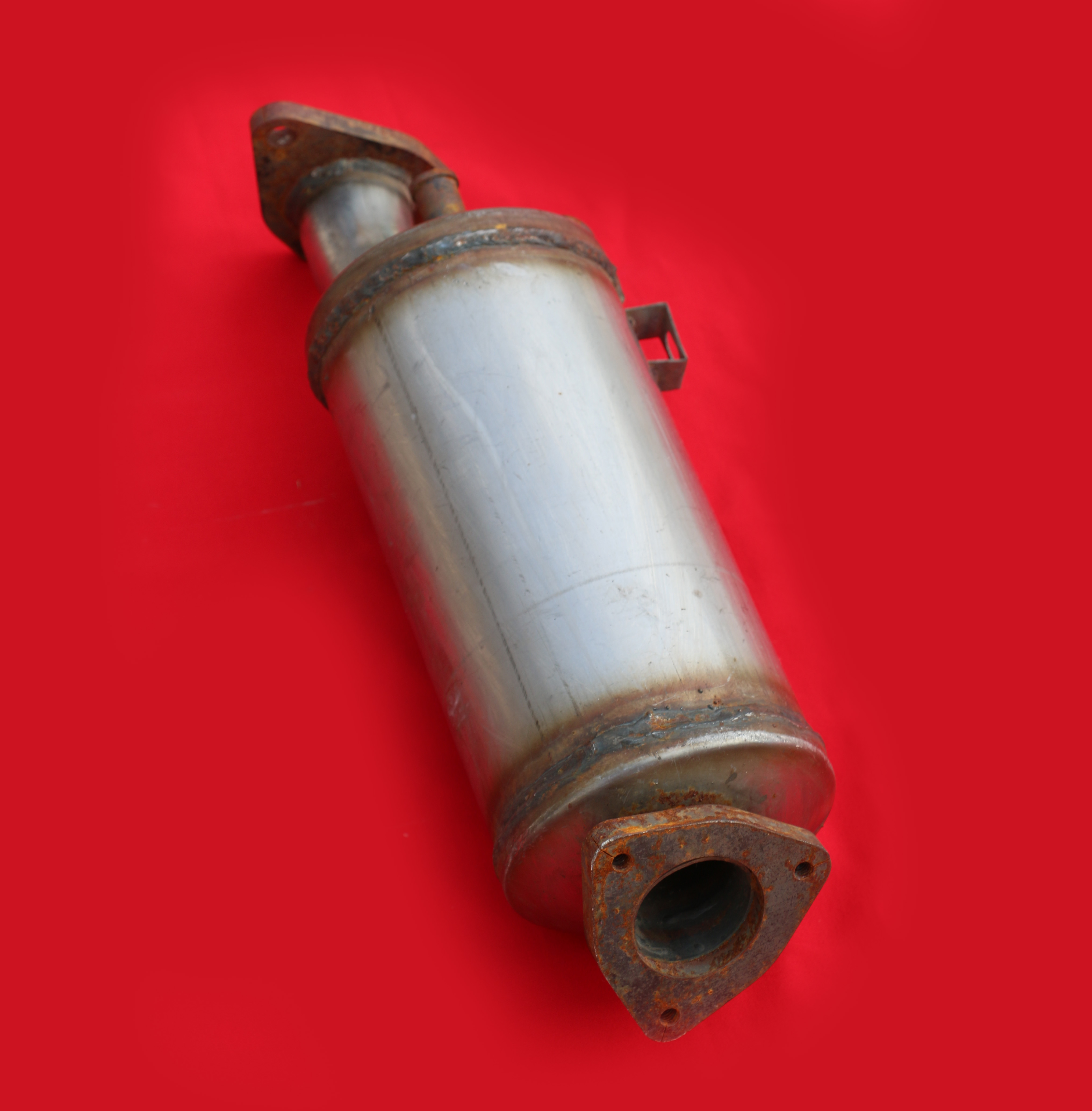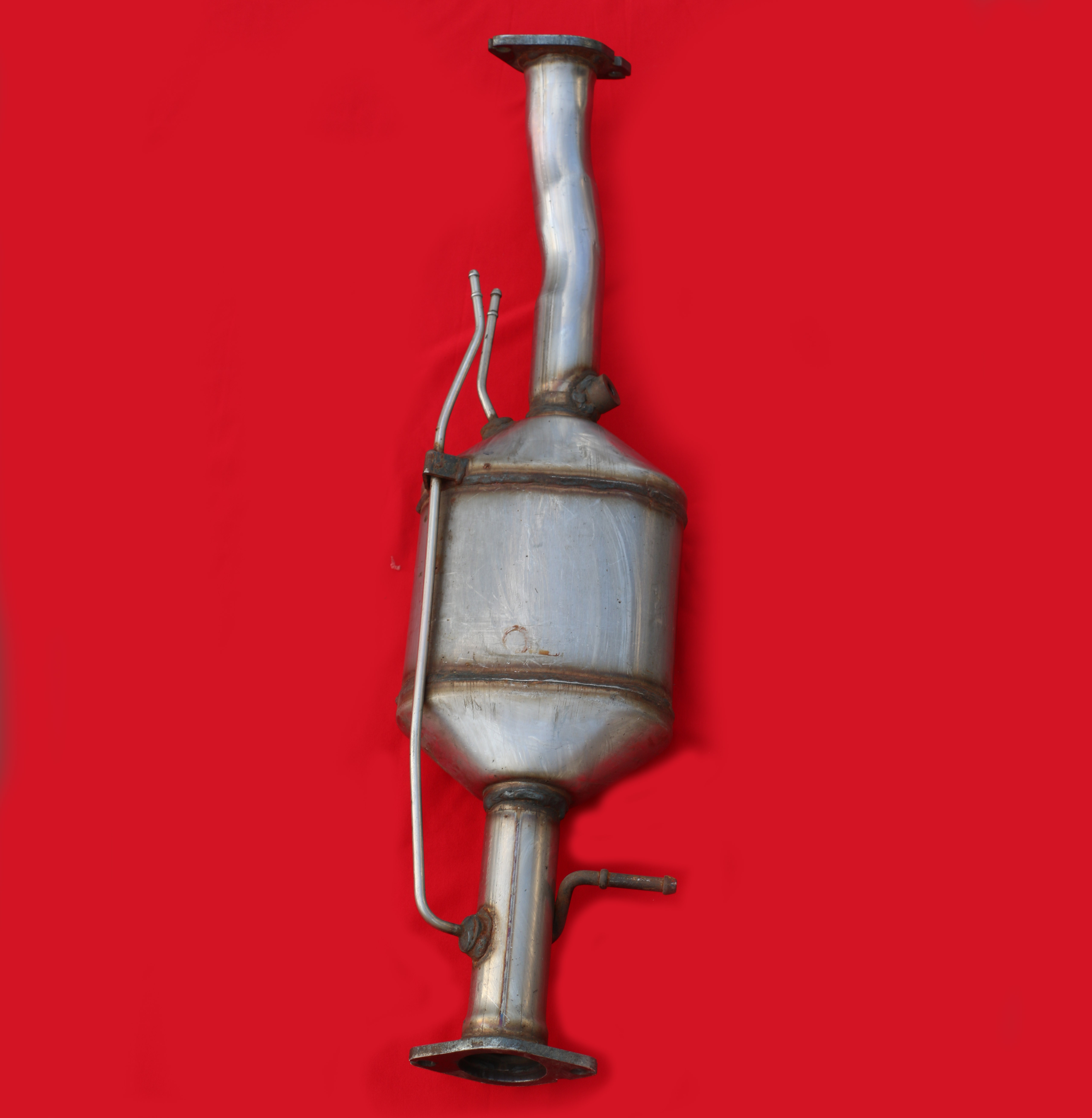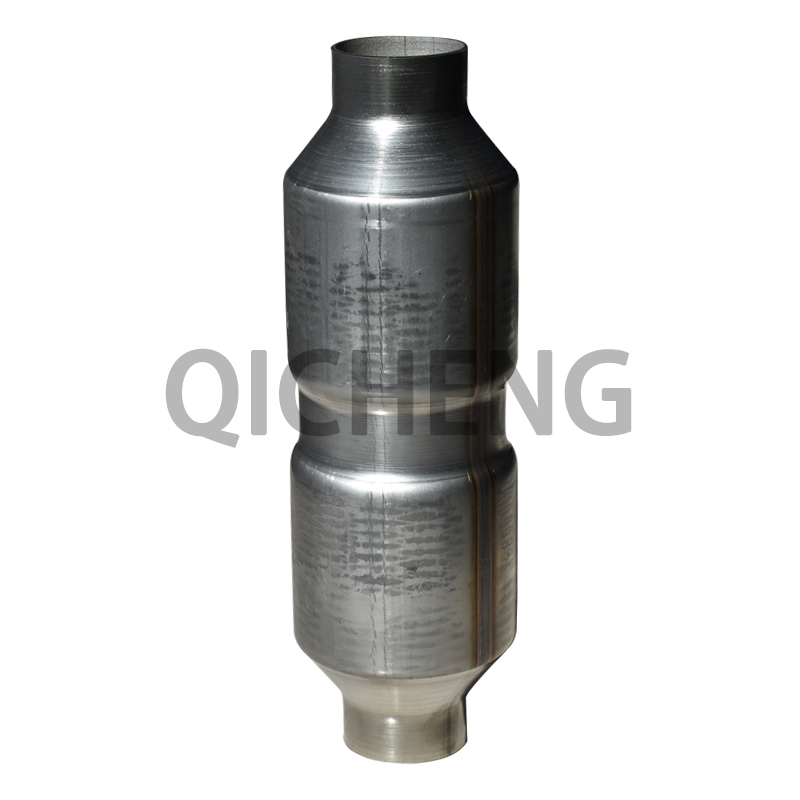How Catalytic Converters Reduce Pollution
source:www.dzqicheng.com | Release time:2022年03月24日The third stage of conversion is a control system that monitors the exhaust stream, and uses this information to control the fuel injection system. There is an oxygen sensor mounted upstream of the catalytic converter, meaning it is closer to the engine than the converter. This sensor tells the engine computer how much oxygen is in the exhaust. The engine computer can increase or decrease the amount of oxygen in the exhaust by adjusting the air-to-fuel ratio. This control scheme allows the engine computer to make sure that the engine is running at close to the stoichiometric point, and also to make sure that there is enough oxygen in the exhaust to allow the oxidization catalyst to burn the unburned hydrocarbons and CO.
The catalytic converter does a great job at reducing the pollution, but it can still be improved substantially. One of its biggest shortcomings is that it only works at a fairly high temperature. When you start your car cold, the catalytic converter does almost nothing to reduce the pollution in your exhaust.
One simple solution to this problem is to move the catalytic converter closer to the engine. This means that hotter exhaust gases reach the converter and it heats up faster, but this may also reduce the life of the converter by exposing it to extremely high temperatures. Most carmakers position the converter under the front passenger seat, far enough from the engine to keep the temperature down to levels that will not harm it.
Preheating the catalytic converter is a good way to reduce emissions. The easiest way to preheat the converter is to use electric resistance heaters. Unfortunately, the 12-volt electrical systems on most cars don't provide enough energy or power to heat the catalytic converter fast enough. Most people would not wait several minutes for the catalytic converter to heat up before starting their car. Hybrid cars that have big, high-voltage battery packs can provide enough power to heat up the catalytic converter very quickly.
Catalytic converters in diesel engines do not work as well in reducing NOx. One reason is that diesel engines run cooler than standard engines, and the converters work better as they heat up. Some of the leading environmental auto experts have come up with a new system that helps to combat this. They inject a urea solution in the exhaust pipe, before it gets to the converter, to evaporate and mix with the exhaust and create a chemical reaction that will reduce NOx. Urea, also known as carbamide, is an organic compound made of carbon, nitrogen, oxygen and hydrogen. It's found in the urine of mammals and amphibians. Urea reacts with NOx to produce nitrogen and water vapor, disposing more than 90 percent of the nitrogen oxides in exhaust gases
Related articles
Related products
 WeChat ID:whatsapp
WeChat ID:whatsapp












 Whatsapp
Whatsapp  Whatsapp
Whatsapp
 Contact
Contact
 phone
phone